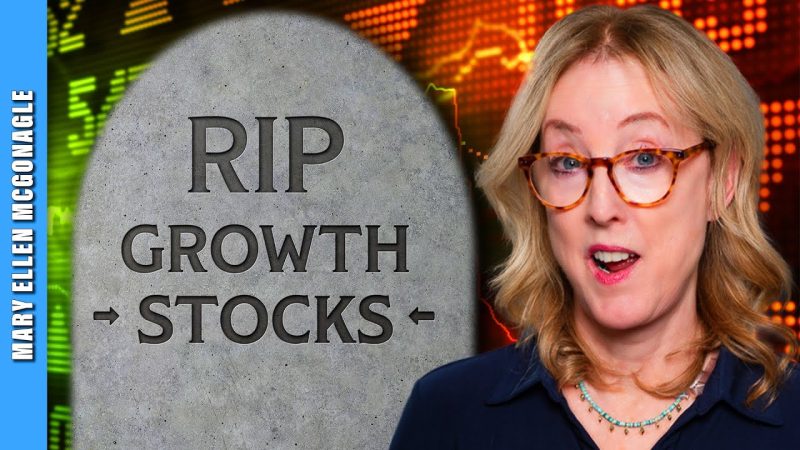In recent years, growth stocks have been the darlings of the stock market, capturing the attention of investors seeking rapid capital appreciation. However, the tides seem to be turning, leading to growing concerns about the future prospects of growth stocks. The meteoric rise of growth stocks has been accompanied by equally dramatic pullbacks, prompting investors to question whether the party is over for these high-flying investments.
One of the key factors driving the skepticism surrounding growth stocks is their high valuations. Growth stocks typically trade at premium valuations compared to value stocks, reflecting the expectation of strong future earnings growth. However, when these expectations fail to materialize, growth stocks can experience significant price corrections as investors adjust their valuations downward.
The recent market volatility and uncertainty surrounding global economic conditions have added to the challenges facing growth stocks. Rising inflation, supply chain disruptions, and geopolitical tensions have all contributed to a more cautious investment environment, prompting investors to reevaluate their exposure to high-growth equities.
Moreover, the shift towards value and cyclical stocks in response to changing market dynamics has further marginalized growth stocks. Value stocks, which are typically characterized by lower valuations and more stable earnings profiles, have outperformed growth stocks in recent months, signaling a potential rotation away from the high-growth companies that have dominated the market in recent years.
Another factor weighing on growth stocks is the prospect of rising interest rates. As interest rates increase, the cost of capital rises, making it more expensive for growth companies to fund their expansion plans. Higher interest rates can also lead to higher discount rates, reducing the present value of future cash flows and putting downward pressure on growth stock valuations.
Despite these headwinds, some investors remain optimistic about the long-term prospects of growth stocks. Proponents argue that certain growth sectors, such as technology and healthcare, have strong secular tailwinds that could continue to drive earnings growth in the years ahead. Additionally, the disruptive nature of many growth companies and their ability to innovate and adapt to changing market conditions could position them for long-term success.
In conclusion, while the outlook for growth stocks may seem uncertain in the short term, the fundamental drivers of growth and innovation that underpin these companies cannot be ignored. Investors should carefully assess the risks and opportunities associated with growth stocks and consider diversifying their portfolios to mitigate potential downside risks. Ultimately, the fate of growth stocks will depend on their ability to deliver on their growth promises in a rapidly changing economic and market environment.






















